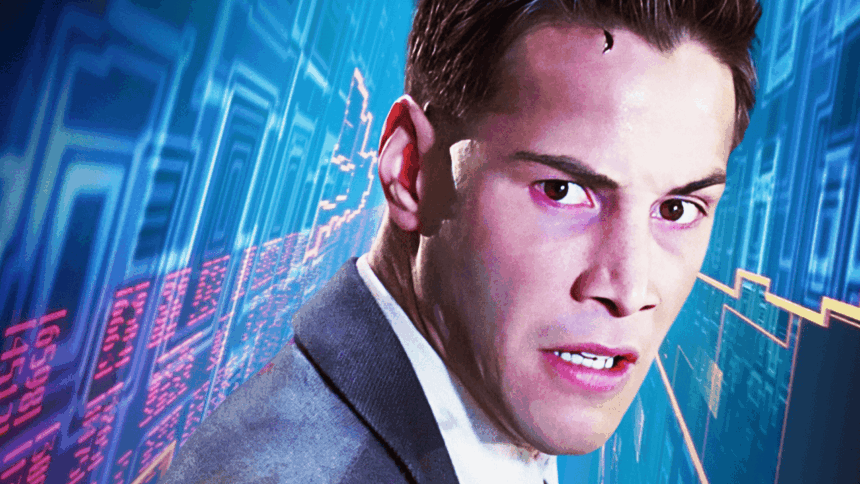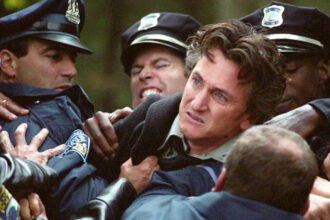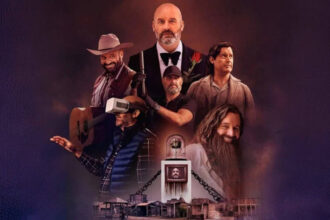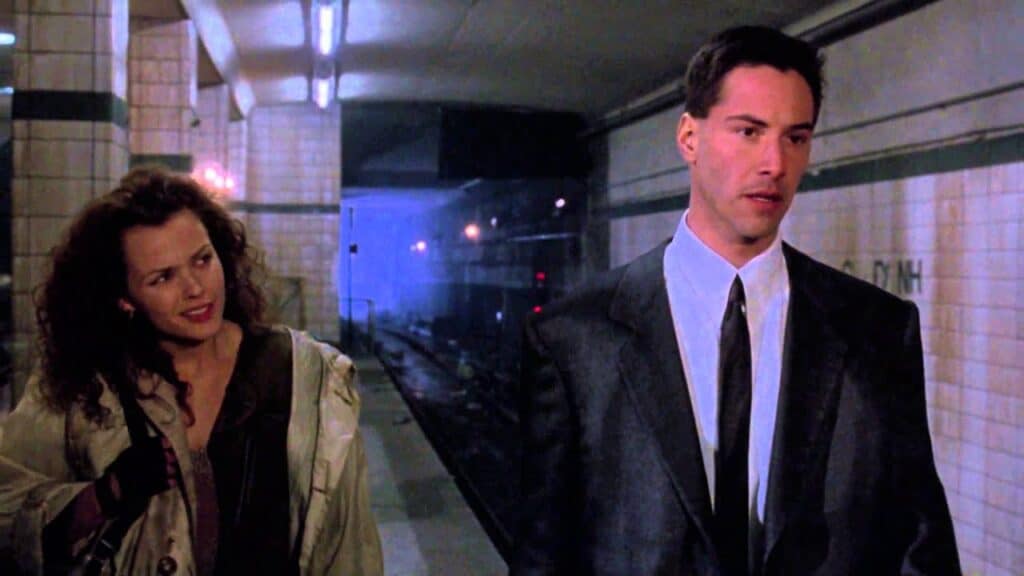
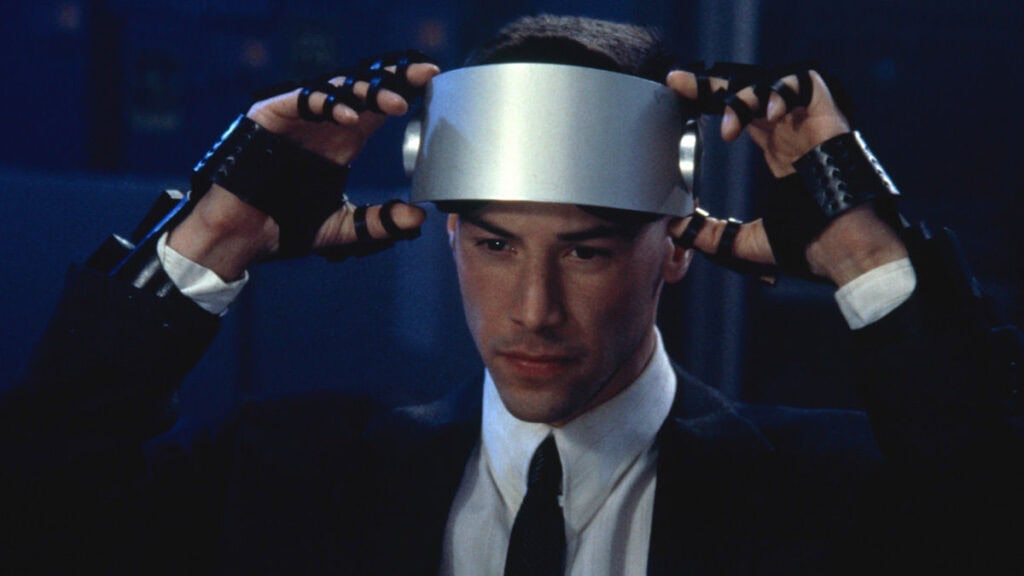
In the latest episode of What Happened to This, we delve into the fascinating yet tumultuous journey of Johnny Mnemonic. This segment was expertly crafted by Jaime Vasquez, with the immersive narrative brought to life by Tyler Nichols. Behind the scenes, Andrew Hatfield and John Fallon focused on production, while the ever-visionary Berge Garabedian oversaw the project as executive producer.
Johnny Mnemonic emerged as a cornerstone of early cyberpunk literature, with Keanu Reeves stepping into the titular role shortly after the monumental success of Speed. Paired with action legend Dolph Lundgren, the film also featured a talented supporting cast, including Ice-T and Henry Rollins, along with a notorious laser whip—an object so outrageous it almost feels like an entity of its own. But how did this ambitious adaptation stumble into obscurity? What caused it to transform from an intriguing art piece into an unfortunate muddle? And how did it, against all odds, plant the seeds for The Matrix? Buckle up as we navigate the convoluted tale of Johnny Mnemonic.
The genesis of this story traces back to 1981, when William Gibson’s piece “Johnny Mnemonic” found its way into Omni Magazine. It introduced the world to Johnny, a courier in a vividly imagined 2021, effectively launching the cyberpunk genre during the thrilling tech boom of the 1980s. This tale made its official entry into the literary world as part of Gibson’s 1986 collection, Burning Chrome.
Meanwhile, artist Robert Longo was making waves with his striking drawings in a series titled “Men in the Cities.” His visuals became such a touchstone of the era that they even appeared in the cult classic American Psycho. With aspirations to transition from music videos and television into feature films, Longo set his sights on adapting Gibson’s iconic work. Initially, he contemplated the ambitious task of bringing Neuromancer to life but ultimately pivoted to Johnny Mnemonic, aiming for a stylized noir reminiscent of Jean-Luc Godard’s Alphaville or Chris Marker’s La Jetée, both tinged with a black-and-white aesthetic.
However, reality struck hard—1990s filmmaking demanded spectacle, and budgets often reflected that expectation. Longo’s collaboration with Gibson began in 1989, but finding backers proved difficult, as investors favored blockbuster potential. Following Carolco’s success with Total Recall, the production rights landed with Sony Pictures. Strikingly, Sony had no interest in Longo’s artistic vision; they yearned for a film that emulated the action-packed spectacle of their recent hit.
By 1995, Longo candidly shared his frustrations with Starlog Magazine, stating, “It is difficult to make art by committee.” Despite that, he held onto a glimmer of optimism, remarking, “Ultimately, I think it worked out well.” But as the years passed, the director’s sentiments shifted, revealing his disillusionment with the film’s theatrical cut, which felt more like a compromise than a creative triumph. The final edit, orchestrated by studio-appointed editors, failed to deliver on Longo’s intricate vision, and costly decisions sidelined his original cinematographer and vision for a darker tone.

As the casting process unfolded, Sony was keen to draw international attention. They toyed with the idea of incorporating famous Japanese actor Takeshi Kitano and even considered U2’s Bono for the poignant role of the Street Preacher. Ultimately, they settled on the formidable Dolph Lundgren, a choice Longo had mixed feelings about but ultimately recognized as a brave move. Lundgren’s character morphed into Karl Honig—a sadistic figure who fancied himself as a modern-day savior complete with a knife marked by a crucifix. Tensions ran high on set, particularly during fight scenes. Black Flag frontman Henry Rollins, who played Spider, claimed Lundgren’s punch left him feeling like his brain had short-circuited—an unfortunate mishap that Lundgren brushed off with a reassuring “Don’t worry, you’re tough.”
Meanwhile, Ice-T, portraying J-Bone, shared admiration for Reeves, praising his down-to-earth work ethic and the genuine chemistry he formed with Rollins, despite their characters never sharing scenes. And let’s not forget Dina Meyer, who made her debut as Jane, reminiscent of Gibson’s iconic character Molly Millions, albeit with limitations due to licensing issues. As Johnny’s handler, Ralfi, Udo Kier infused the role with gravitas, contributing to the film’s potential amidst a swirling sea of chaos.
Initially, Robert Longo envisioned Val Kilmer for the lead role, but fate intervened as Kilmer opted for Batman Forever. Enter Keanu Reeves, whose interested piqued after a script found its way to him. Gibson himself praised Reeves’ interpretation, signaling a spark of hope for the project.
This whirlwind journey kicks off as Johnny, set in a grim hotel in Beijing, is injected with a staggering 380 GB of data. Chaos erupts as Yakuza members attempt to retrieve the info, and Johnny barely escapes, embarking on a perilous ride to Newark, New Jersey, with the clock ticking down to his demise. Alongside Jane, the two navigate through wild territory, eventually clashing with the Lo-Teks, an anti-establishment group helmed by none other than J-Bone. Meanwhile, the imposing Karl Honig hunts Johnny down, ramping up the tension.

When it premiered over Memorial Day weekend in 1995, the film fell flat, grossing a meager $7.4 million and ultimately totalling just $19 million against a $26 million budget. Initially designed for a February release, the film’s launch was shifted following Keanu’s meteoric rise with Speed, only to be eclipsed by the kid-friendly comedy Casper that dominated the box office charts.
Critics were quick to pounce on the film’s flaws, labeling it as a convoluted mess with poor execution—a 20% rating on Rotten Tomatoes bears testament to this backlash. Yet, amid the negativity, a fascinating phenomenon began to take root as the film slowly garnered a cult following. In a twist of fate, Longo released a black-and-white cut 25 years later that aligned more closely with his original vision, which played to sold-out screenings and even landed a Blu-ray release from Sony.
Interestingly, Johnny Mnemonic served as an unexpected launchpad for the groundbreaking success of The Matrix. The Wachowskis crafted their iconic sci-fi masterpiece while echoing elements from Longo’s project, signaling that even failed ventures can pave the way for monumental breakthroughs.
One of the standout moments from the film is Johnny’s infamous “room service” scene–a spontaneous moment born from frustration among Longo, Gibson, and Keanu. What began as a simple urge to vent morphed into a memorable outburst that resonates with viewers, capturing the film’s essence: a quest for escapism amid the absurdity of life.
Looking for more captivating insights? Don’t miss previous episodes of What Happened to This Horror Movie?, and join us on our Nova Play Horror Originals YouTube channel for more content!












